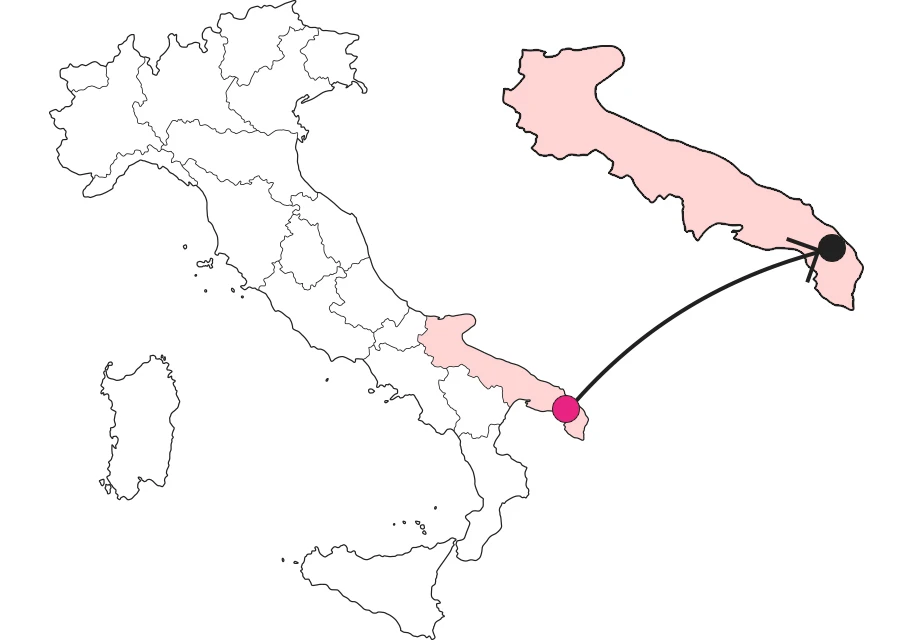SHARRYLAND


Where is

What it is and where it is
In medieval Latin "motta" means "mound, hillock." Motta Torricella is a clearly visible embankment on the Ruffano-Surano road in the Supersano fiefdom. A centuries-old olive tree towers over its summit. At first glance, it is an insignificant, elusive place, unknown even to many Supersanese. Over the centuries, the action of water and wind has reduced its height, and worse has been done by the bulldozer of the landowner, who leveled it to facilitate the harvesting of the olives from the large tree.
Why it is special
The Motta Torricella bears witness to the presence of the Normans in Supersano and lower Salento: it is a type of military fortress very common in France and England, but very rare in Italy. In our Peninsula only one can be found in the province of Brescia, one in Sicily and one in Supersano, to be exact. The Motta di Supersano therefore represents a unicum for all of Southern Italy and is the subject of study by numerous researchers, including foreign ones.
Not to be missed
Let's imagine it as it was a thousand years ago. The Motta was a defensive military structure, simple and quickly built. It was an observation and lookout point, consisting of an accumulation of boulders and earth in the shape of a truncated cone, surrounded by a moat. At the base of the Motta was a first fence that protected soldiers' huts and service quarters such as horse stables. At the top was another fence with a wooden tower in the center, the highest observation point for controlling the Belvedere Forest of Ruffano, Supersano and Torrepaduli.
A bit of history
Apulia was conquered by the Norman prince Robert of Altavilla, known as Il Guiscardo, in 1071, a few years after the conquest of England at the hands of William the Conqueror in 1066. But there is more... Some archaeological finds on the surface (coins, pieces of pottery) suggest that the Motta was in the more ancient past a strategic point for Messapians and Romans as well. The mound would conceal traces of these civilizations and cultures, ascertainable only with archaeological excavation essays that are slow in coming.
Trivia
A Mound is also depicted in the very famous Bajeux Tapestry, which in its 70 meters in length narrates the exploits of William the Conqueror and the Battle of Hastings in 1066. It shows a group of armed soldiers "perched" on top of an embankment protected by a primitive tower, as men hurl spears and arrows at those besieging them.
Enter the Map of Italy's Undiscovered Wonders and find treasures where you least expect it... Inspire, Recommend, Share...
Collections
The Map thanks:
Enter the Map of Italy's Undiscovered Wonders and find treasures where you least expect it... Inspire, Recommend, Share...
Where is

Collections



